Currently Empty: £0.00
Animal Botanicals – Seasonal Herbs – A usable field guide by Rachael Maxwell and Jo Rose
I think we all too often forget that the natural world and animal kingdom acts on instinct and can often be observed self-medicating by making use of herbs.
Animal Botanical have produced a very informative field guide of common plants and hedgerow herbs found throughout the UK. Crucially the guide is for animal owners to be informed of any self-selection of herbs by their pets and livestock, and for educational and research purposes.
Whilst the guide mentions dogs, cats, horses and livestock such as sheep and cows, I found it particularly useful as a cat owner to consider observing Rosie my cat and her garden antics and whether she self selects any herbs that I grow and for what purpose. Obligate carnivores such as cats will generally make use of herbs externally via rolling and rubbing on plants – which I can vouch for after a period we now refer to in our house as the “cat nip turf wars” where several neighbourhood cats encroached on Rosie’s territory for their cat nip fix!
Rachael and Jo the authors know their animals and plants very well, this is very clear. They write in a concise yet engaging manner, with a useful glossary of herbal classifications at the beginning of the guide then three seasonal sections follow; Spring, Summer and Autumn, with individual herbs of that season expanded on in detail such as their therapeutic actions and applications, where to find and how to harvest. The addition of clear colour photographs will aid identification in the field.
Spiral bound and printed on matt laminate paper is this type of attention to detail that makes this guide very practical – you can take it in your garden or on a foraging walk – there is a table dedicate to record your findings at the back – it is durable but light to carry.
Foraging walks with your animal are suggested perfect if you have a horse or a dog – they will guide you and if they select plants to eat or interact with you can record your findings. If a foraging walk is not an option (I have yet to inform Rosie, we are going on a foraging walk!) then the authors set out very clearly at the beginning of the guide how you can offer herbs to your animal for them to make their own selection if they want to. Whilst it is abundantly clear that the information within the guide should not be used to replace veterinary treatment and if your animal is unwell or injured then the first thing you need to do is to contact your veterinary professional. Safety is paramount and Rachael and Jo are very clear on this issue.
A handy, well researched and presented field guide, I will be making sure I have it to hand next time I am in the garden with my cat. I would heartily recommend this guide to anyone with animals to learn more about their pets, livestock and animal companions,
Follow the links for more information on the authors and how to buy.

